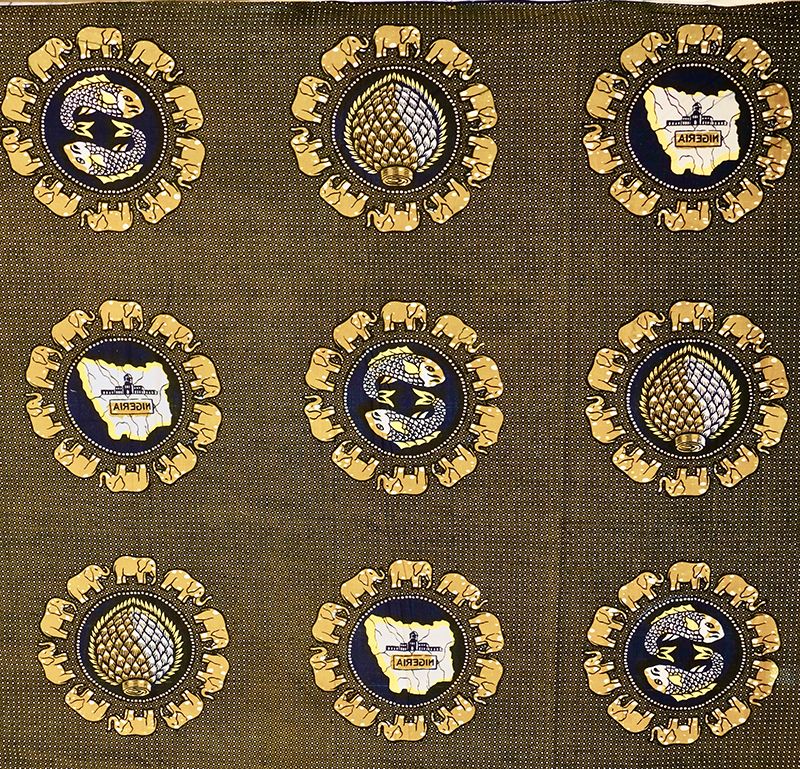Fashioning Modernity: Art and Independence among Yorùbás in Nigeria
By Bowdoin College Museum of Art
At mid-century, independence movements across West Africa led to new national identities and a collective reconsideration of the diverse cultural groups within each new nation. Many nationalist movements turned to traditional cultural practices, reclaiming the past from colonial powers by selectively reframing certain forms of cultural heritage as national heritage and identity. At the same time, many West Africans were also seeking creative ways to ‘fashion’ their personal identities as modern and cosmopolitan. In 1960, Nigeria gained political independence from Britain, three years after the first African nation gained independence. How did political independence change artistic production and the cultural meanings of such practices in Nigeria?
An exhibition opening on January 17 will seek to answer this question. Fashioning Modernity presents a selection of Nigerian textiles, beads, and related photographs in the Museum’s collections. Yoruba textiles—notably àdìrẹ and aṣọ òkè cloths—have become iconic markers of Yoruba culture and Nigerian identity, both in West Africa and across the African diaspora. Viewed through the lens of àsà—the Yoruba concept of tradition that involves change and innovation rather than unchanging practices—the vibrantly patterned textiles in the exhibition reveal the role of Yoruba arts in this critical moment in Nigeria’s political and cultural history. In addition to the kinds of handmade Yoruba textiles represented in the Museum’s collection, newer factory-printed cloths also contributed to how dress in Nigeria communicated identity and various political and cultural messages. For instance, a wax-print cloth pattern in the Museum’s collection includes the text “Nigeria,” illustrating one way that the nation quite literally became inscribed on the wearer’s body.
Fashioning Modernity was curated by Allison Martino, Andrew W. Mellon Postdoctoral Fellow in Africana Studies, and the seventeen Bowdoin students in her Fall 2018 course “African Art and Visual Culture.” The exhibition draws primarily from a generous 2014 donation of Nigerian textiles and objects by Brunswick resident Dorothy Hassfeld. Hassfeld was a part of the inaugural cohort of Peace Corps volunteers to travel to Nigeria in 1961, and lived in the Yoruba town of Ogbomoso, located in the southwestern part of the country. Over the course of the semester students made many trips to the Museum, where they learned about Nigerian textiles using the Hassfeld collection and spent time in the galleries learning about exhibition design. These interactive experiences prepared students to take part in every aspect of the exhibition, from selecting objects and label writing, to choosing wall colors and planning the exhibition layout.
Fashioning Modernity: Art and Independence among Yorùbás in Nigeria
January 17–March 17, 2019
Bowdoin College Museum of Art
